Keanu Reeves Finally Cuts His Long Hair, and His New Look Causes a Stir

You’re on a spaceship flying through outer space at a speed of 180,000 miles per second. This is almost the speed of light. Make yourself comfortable, because the voyage is gonna be long. It will last a little more than 90 years. It’s better to use a cryo capsule to not get bored. In short, you need to fly for almost a century at the speed of light to get to a mysterious exoplanet that scientists have recently discovered.
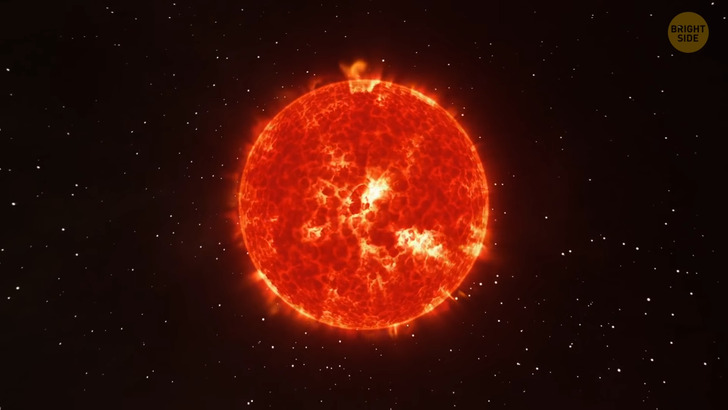
They have found many planets in the last few years, but this one can help in search for extraterrestrial life. The planet looks like a dark blue ball and has a complex technical name consisting of letters and numbers. It’s about the size of Neptune and orbiting around a little star of class M or, in simple words, around a red dwarf.
The planet is 8 times closer to its star than Earth is to the Sun. But this doesn’t mean that fiery layers of magma cover the surface of this world. The temperature on this exoplanet is pretty low and similar to Earth’s. That’s because the red dwarf is not as hot as our Sun.
But the most exciting thing is that the atmosphere of this space object consists of water vapor... or helium... or helium hydrogen. Scientists don’t know for sure, so they actively observe it. But if there’s water in its atmosphere, then life can exist. It’s unlikely we will discover some big creatures, but even microscopic bacteria would be a big sensation.
Another reason why scientists keep their eyes on this planet is its origin. If they find out what the planet’s atmosphere is made of, they will understand how such objects can form around red dwarfs. This will be another little brick of understanding of how the universe works.
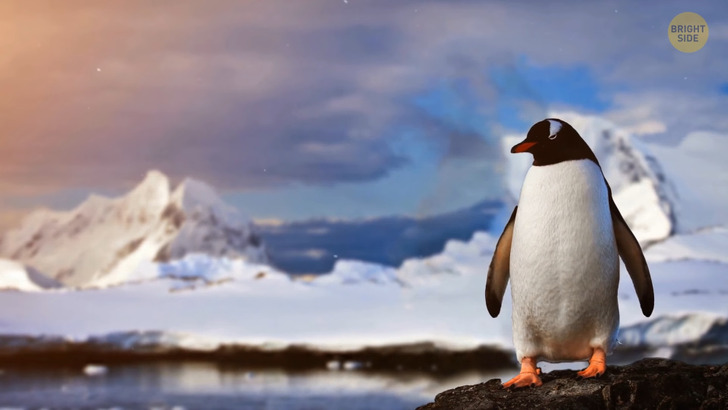
Even if they discover life on this strange planet, it will be impossible to transport it from there to us for study. Fortunately, there’s another massive object near Earth where microbes can live. And it’s located inside our Solar System.
In 2020, scientists detected a strange gaseous substance in Venus’ atmosphere. These were chemical residues of phosphine. This is a significant finding because phosphine exists on Earth near some microbes. They’ve recently discovered phosphine in penguins’ bodies. Many people started to put out theories that these animals came to us from Venus. But of course, this is not true. You can also find this substance among swamps and mud.
So it was a big surprise when they found residual phosphine parts on another planet. It’s weird since life on Venus’ surface most likely cannot exist. The temperature and pressure on the planet are just too high. But, high up in the sky of Venus, the conditions are not so terrible. Perhaps, some microbes live there. But scientists also know that volcanoes often erupt there. A chemical trace of phosphine may appear as a result of these eruptions. If this is the real reason for the appearance of phosphine, they probably won’t find any life.
Now they’re spending a lot of money on the study of this planet. But let’s go back to deep space. Over the past twenty years, scientists have been finding exoplanets far and not too far from us. Some of them orbit around dwarfs and big stars. But some planets exist entirely alone. They don’t belong to the orbit of any star. They are abandoned in cold outer space.
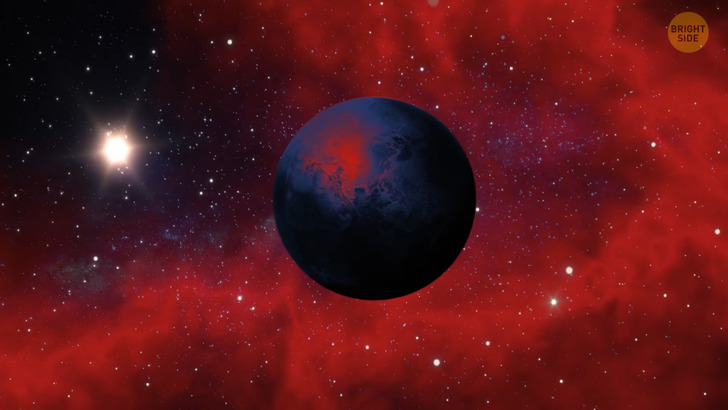
Another exciting thing is that scientists haven’t found a planetary system similar to our Solar one. All distant exoplanets are located at different distances from their stars. Their sizes and masses are not like those that our planets have. We call them exoplanets since they’re beyond our solar system.
Some other fascinating space objects are Super-Earths. If some planet weighs from 2 to 10 Earth masses, is two times bigger, and gets energy from a star, it’s called Super-Earth. No more similarities with our home. Super-Earth can consist of gas, rocks, water, ice, fire, acid, glass, or diamonds. Scientists haven’t yet found a Super-Earth with ideal conditions for humans. Not because all planets are bad for life, but because our body has evolved and adapted to Earth only.
We don’t know much about Super-Earths. They contain a massive amount of energy because of their enormous masses. And this energy is released. Therefore, frequent volcanic eruptions and earthquakes occur on many of these planets. Thunderstorms happen there almost every day. And by the way, one day there lasts several times longer than our 24-hour one.
Let’s imagine you’re on the spaceship again, traveling to some Super-Earth. So, here it is, massive, orange, majestic. You put on a spacesuit, get into a space capsule, and... you change your mind. The whole planet resembles a fiery boiling ball. If it has any life, it must be some invulnerable creatures. You’re not like that, so you fly away to look for another Super-Earth.
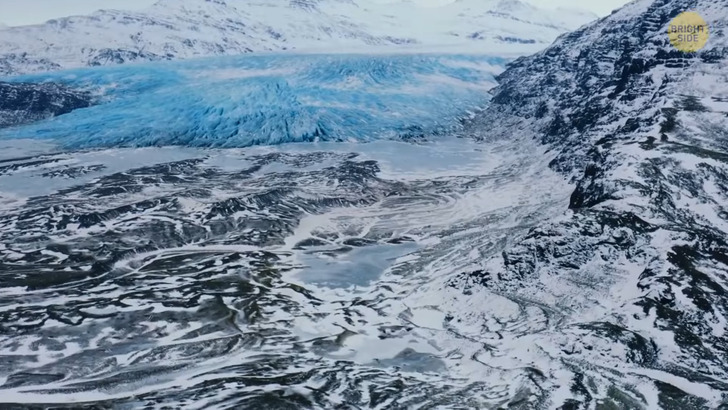
A couple of light-years away, that giant ball seems to be a friendly place. Wait, this world is located far from its star. The temperature there is so low that even molecules freeze. Antarctica is like a hot desert compared with this Super-Earth. You continue your voyage and finally find a perfect spot.
It’s three times heavier and twice bigger in size than Earth. It consists of rocks, gasses, and possibly water. You descend to the planet on the transport capsule, open the door, and take one step. Your legs are too heavy. Your whole body has gained weight. You feel as if you were carrying a huge box of bricks on your back. You can’t walk even a few feet. And the reason for this is gravity. The greater the weight the Super-Earth is, the greater its gravitational force becomes.
You’re pressed to the ground, and your muscles are too weak for this. Also, increased gravity provokes active fluctuations of tectonic plates. Earthquakes and landslides happen on this planet pretty often. The rocky surface here is constantly changing. To live on such a planet, you would need to develop new technology to build houses. You get back into the capsule and fly away. But not too far.
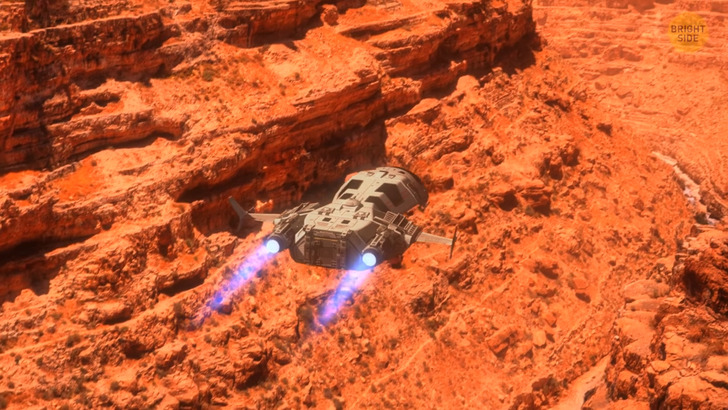
The planet’s gravity doesn’t allow your ship to rise high into the sky. It’s like ropes pulling you down. You use all the remaining fuel to overcome the gravity and go beyond the atmosphere. Another problem with such worlds is meteorites. Gravity attracts not only your ship, but also colossal space objects flying by. A giant asteroid can get off its route because of the attraction of the Super-Earth. It can hit the planet in the form of a meteor shower. But the falling speed is also faster, so the destruction will be more massive.
But the worst thing that can happen to the Super-Earth is the stoppage of the planet’s core caused by high pressure. Hundreds of billions of tons of solid rock can squeeze the heart of this world. And the core should always be in motion to perform its primary function — keeping the magnetic field working. Solar storms and cosmic radiation can create severe problems for all life on the surface.
On Earth, these storms disrupt the operation of electronics and affect human health. This happens even if small holes appear in the magnetic field. And what will happen if all the protection disappears? The energy of the closer star and the radiation from distant space will quickly destroy the Super-Earth and make it impossible for life to develop.
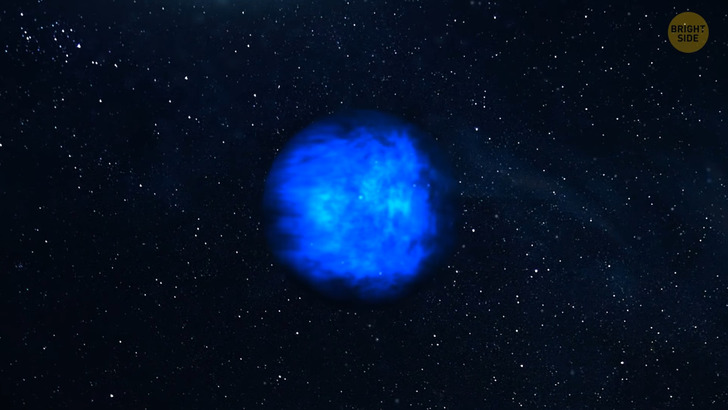
All these events can happen to a Super-Earth with ideal conditions for living. And such a planet is a rarity. Most Super-Earths have terrible surfaces and atmospheres. There’s a planet where the air is so hot that it can evaporate metals. The fiery wind simply splits any solid substances into molecules. Such a Super-Earth is more like a star, not an ordinary planet.
Also, there’s another Super-Earth, wholly covered with water. You won’t find a single piece of land there. The ocean floods any island in a second. And underwater, there are volcanoes. They erupt almost every hour, releasing billions of tons of magma. Because of the heavy weight, the planet is slightly tilted. When it rotates around its axis, the water flows from one side to another. This creates huge destructive tsunamis bigger than the size of Everest.
And how about a Super-Earth where it’s raining diamonds or sulfuric acid? The surface of another distant world is blown by winds consisting of glass. There’s a lot of fire and sand. When the hot air burns the sand particles, they turn into glass. Among all such planets, ours seems to be a paradise. But perhaps, for some strange organisms living at the distant end of the galaxy, Earth may seem to be a terrible world.











